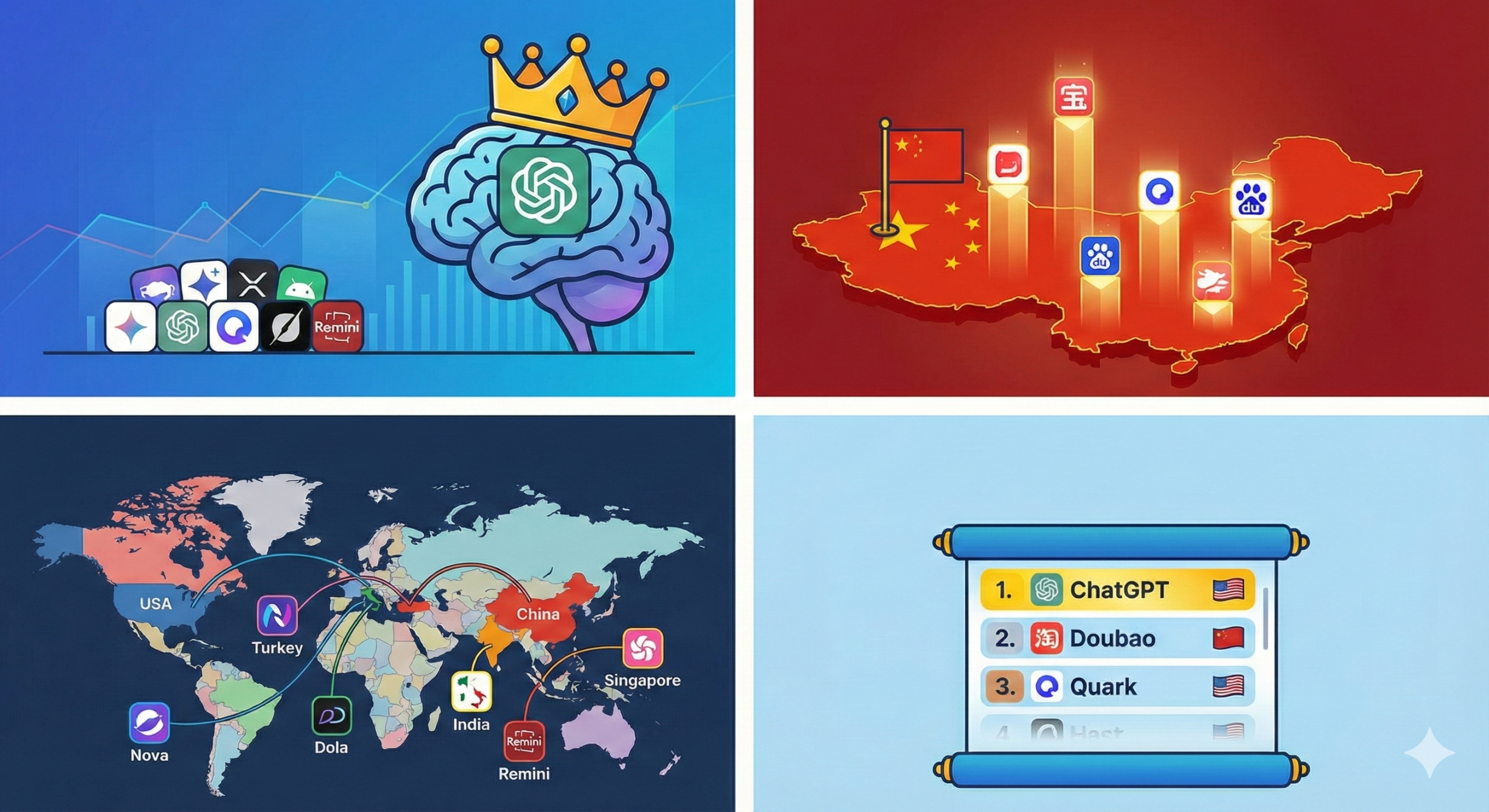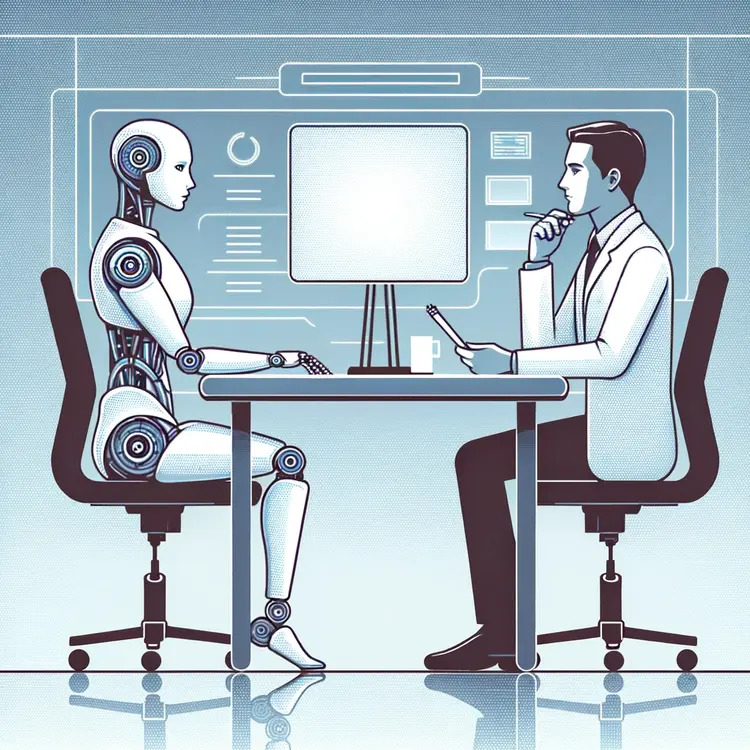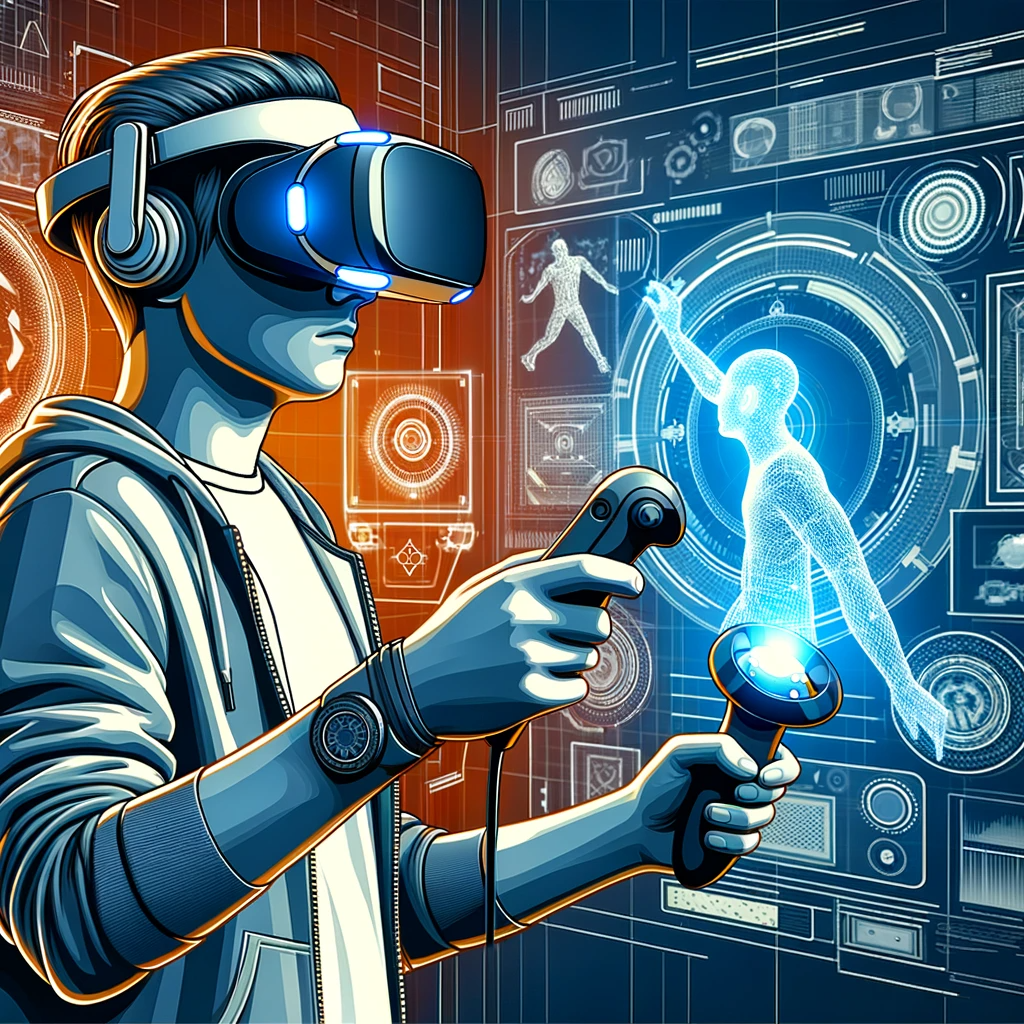As of October 2025, Artificial Intelligence has genuinely shifted from a novelty to a daily tool. Whether it involves debugging code, composing emails, or creating surrealist art, the world is […]
From Insight to Impact: The Era of Evidence-Led Policymaking
In an era where data drives progress, evidence-based policymaking (EBPM) is revolutionizing governance. By integrating artificial intelligence and data analytics, governments can move beyond tradition and intuition to craft smarter, more responsive policies. This article explores how real-time insights, predictive modeling, and automation are transforming public sector decision-making, while also confronting ethical challenges like bias and privacy. With strategic investment and transparent frameworks, EBPM holds the key to a more equitable and effective future.
DeepSeek: Balancing Cost, Performance, and Global Ambition in AI
DeepSeek, an emerging AI startup founded in May 2023 in Hangzhou, China, is rapidly redefining the global AI landscape with its groundbreaking innovations. By training a large language model in just 55 days for under $6 million, DeepSeek challenges the notion that high-performance AI requires hefty investments, positioning itself as a strong competitor to established giants like OpenAI and Google.
With its highly successful AI assistant chatbot topping U.S. App Store charts and the release of the R1 reasoning model, DeepSeek is already reshaping industry dynamics and prompting significant stock fluctuations among major tech firms. Analysts have even dubbed this moment a “Sputnik moment,” highlighting the urgent shift in competitive power as DeepSeek underscores China’s growing influence in the global tech arena. As it continues to push boundaries, the future of AI—and the technological landscape as a whole—appears poised for a dramatic transformation.
AI & ML Power Up Security: Analyzing, Anticipating & Adapting to Threats
The digital landscape is teeming with cyber threats, demanding robust defenses. Traditional methods struggle with the vast amount of data security analysts need to sift through. AI and Machine Learning (ML) are emerging as powerful tools, empowering security teams. AI excels at analyzing large datasets, identifying hidden threats, and automating tasks. Unlike overwhelmed human analysts, AI can uncover subtle anomalies that might signal a security breach. ML algorithms continuously learn and adapt, enabling AI to stay ahead of evolving cyber threats. This proactive approach extends beyond threat detection. AI can predict potential attacks and vulnerabilities, allowing organizations to take preventive measures. However, AI isn’t a silver bullet. Cybercriminals constantly develop new tactics, and AI requires ongoing updates to maintain effectiveness. Additionally, ethical considerations regarding data privacy and bias in training data must be addressed. Overall, AI and ML are revolutionizing cybersecurity, offering a powerful line of defense in the ongoing battle against cybercrime.
Unveiling the Black Box: The Rise of Explainable AI (XAI)
Artificial Intelligence (AI) has revolutionized our lives, yet the lack of transparency in its complex models, often called ‘black boxes,’ remains a significant hurdle. This opacity hampers widespread adoption and […]
Artificial Authenticity: AI’s Turing Test Trajectory
Artificial intelligence (AI) has been attempting to pass the Turing Test for quite some time. The Turing Test is a standard for achieving human-like conversation. Despite significant progress in language processing, AI still struggles with comprehending context, emotional intelligence, and common sense. These are essential components of authentic human interaction. Bridging this gap requires innovative approaches in natural language processing and machine learning. It is important to consider ethical implications to ensure responsible AI development. This is crucial to prevent user deception, bias perpetuation, and malicious exploitation. As AI approaches human-like conversation, questions arise about granting AI rights or personhood. This necessitates international collaboration and open dialogue. Ultimately, coexisting with AI demands overcoming technical hurdles while embracing its potential to enhance our lives. Only then can we create AI systems capable of authentic, meaningful conversation. This will transform how we interact with machines.
Limitless Landscapes: AI-Driven Exploration with Robots
In the quest for exploration, AI-powered robots are our fearless pioneers, venturing into the harshest environments where humans can’t tread. Guided by artificial intelligence, they brave Martian craters, deep-sea trenches, and nuclear wastelands, unraveling mysteries and paving the way for groundbreaking discoveries. This synergy between AI and robotics isn’t just about automation; it’s a partnership, pushing the boundaries of exploration while ensuring safety and efficiency. As we continue to invest in innovation, the potential for discovery grows, promising a future where human ingenuity, amplified by artificial intelligence, unlocks the secrets of the universe.
Digital Dreamland: Discovering the Metaverse
The metaverse is a digital realm where VR, AR, and AI converge to create a platform for exploration, creativity, and social interaction. It was initially designed for gaming but has evolved into a versatile platform for economic exchange and cultural expression. However, privacy, data security, and digital divides are significant challenges that must be addressed to navigate this digital frontier responsibly. Our collective efforts to shape its future will be critical in ensuring that it becomes a vibrant display of human innovation, creativity, and inclusivity.
Rabbit AI at CES 2024: Shaping Tomorrow’s Tech Landscape
Rabbit AI promises a future sculpted by innovation. Imagine personalized education, accessible healthcare, and scientific breakthroughs forged in human-AI partnerships. But like any powerful tool, it comes with risks – job displacement, social inequalities, and the insidious creep of AI bias. The key lies in shaping the future, not fearing it. Robust ethical frameworks, user education, and open dialogue are the tools we wield to ensure AI serves humanity, not the other way around. Rabbit AI is not a harbinger of doom, but a sculptor of possibility. Let us wield it with wisdom, ensuring the dance between human and machine plays in harmony, for the benefit of all.
From Commands to Companions: The Rise of Virtual Assistants
Voice technology is reshaping the landscape of human-computer interaction, with virtual assistants like Siri, Alexa, and Google Assistant playing an integral role in our daily lives. This evolution, fueled by speech recognition, natural language processing, and AI, offers unprecedented convenience but comes with challenges. Privacy concerns arise as these virtual assistants continuously collect and analyze voice data, raising ethical considerations regarding algorithmic biases. Striking a balance between efficiency and the need for human connection requires transparent operations, robust security measures, and responsible AI development. As we embrace this paradigm shift, technological advancements, critical dialogue, and ethical considerations are essential for a transformative, voice-driven future that positively shapes our lives.









